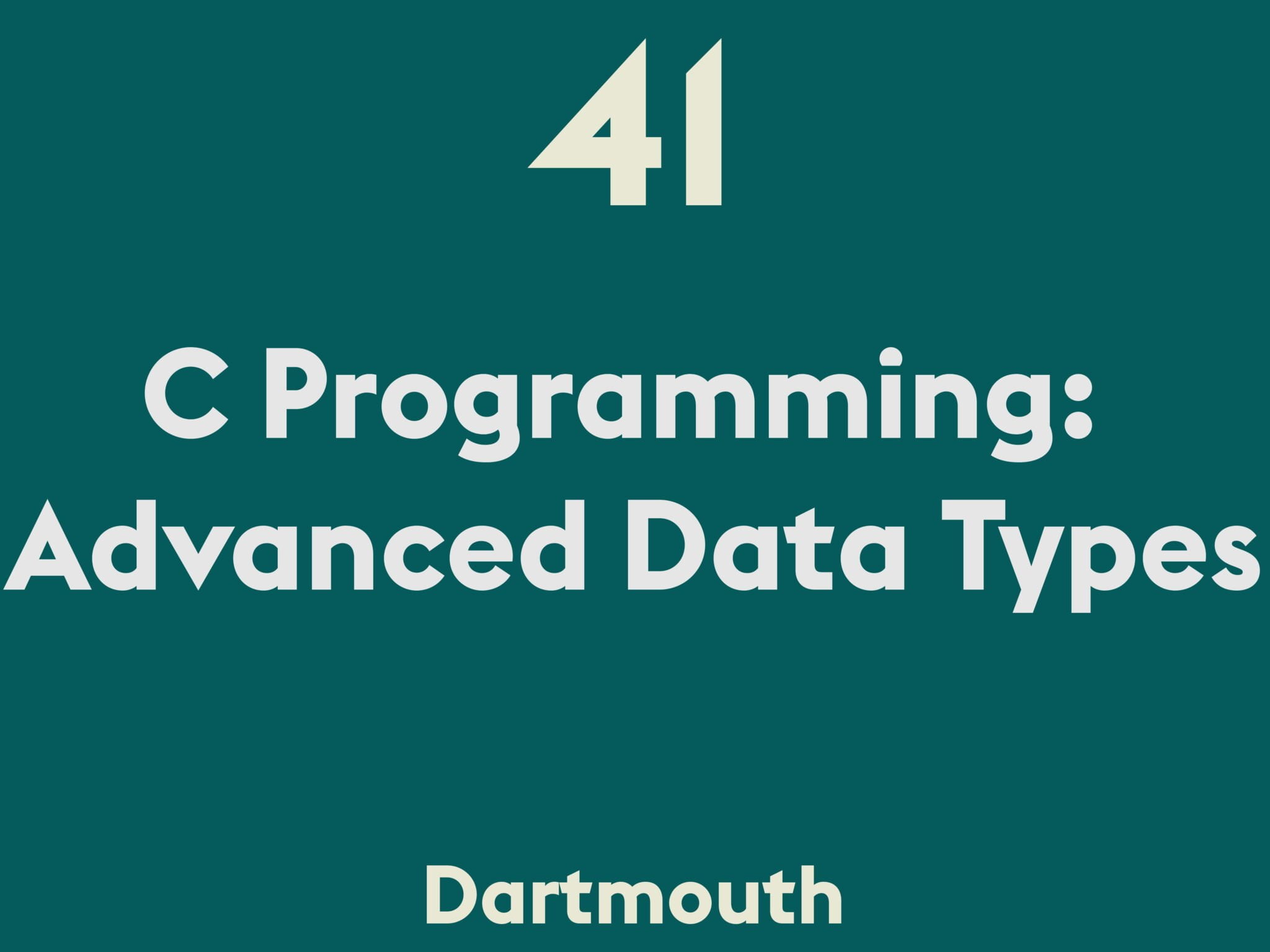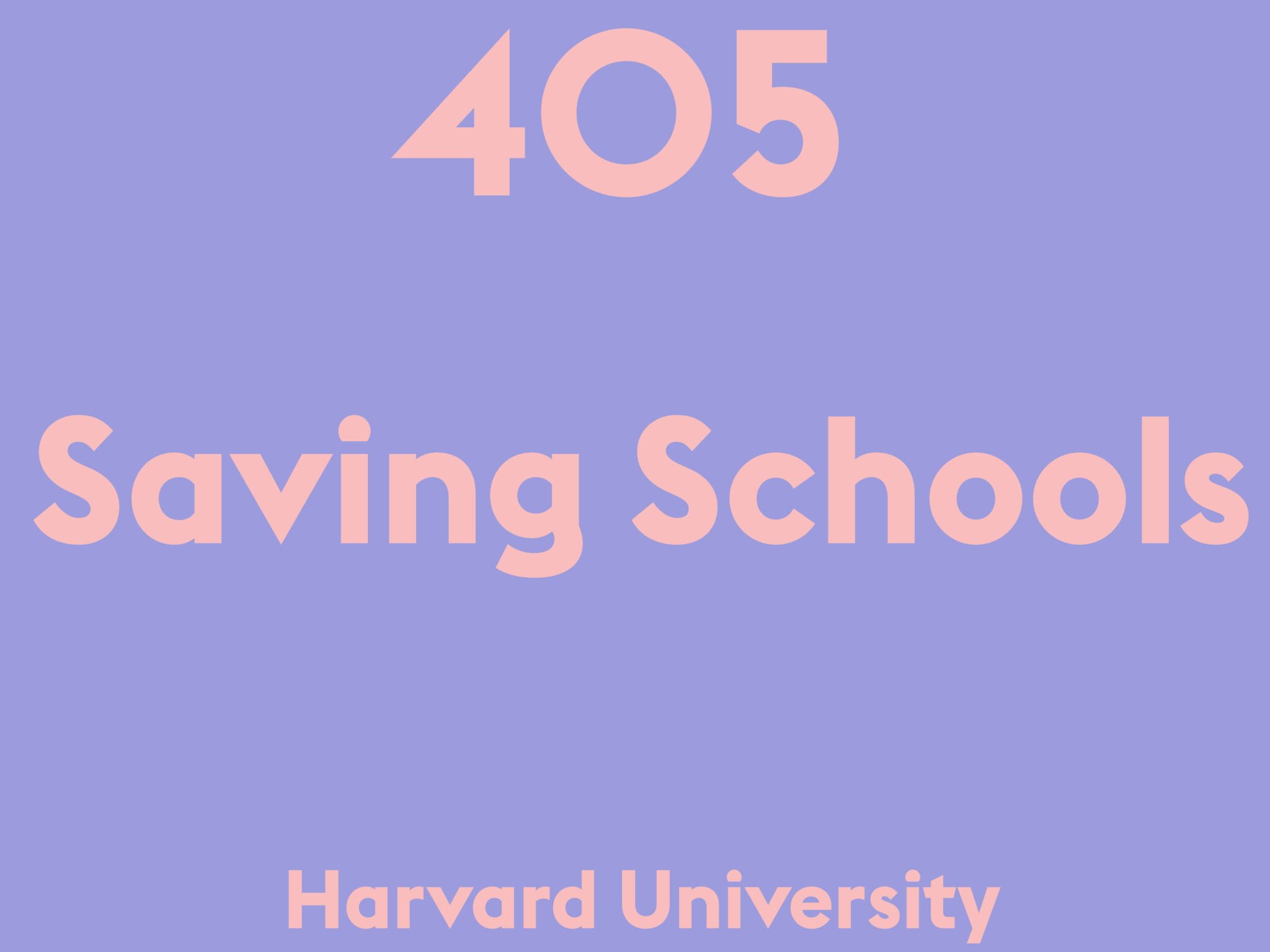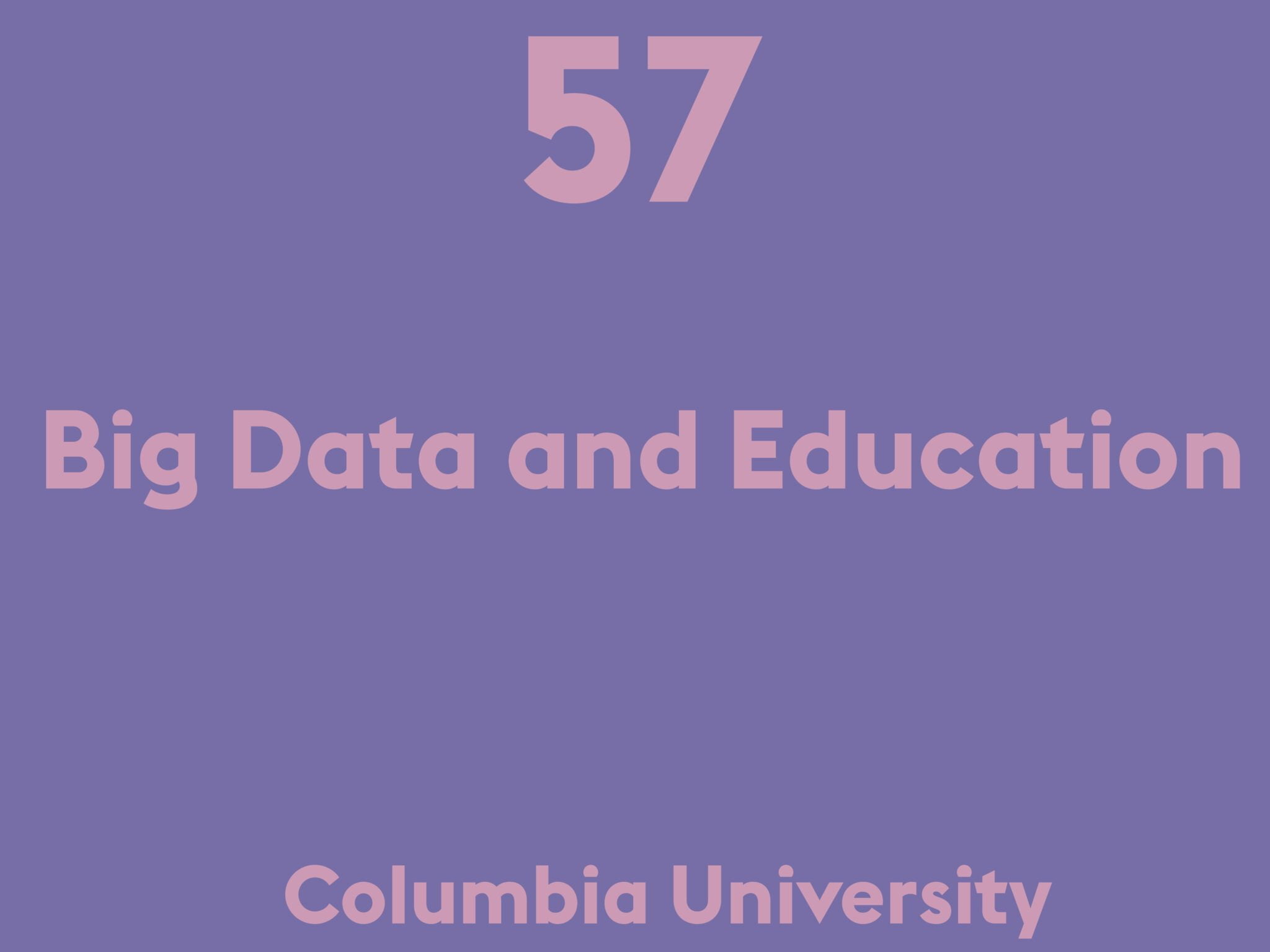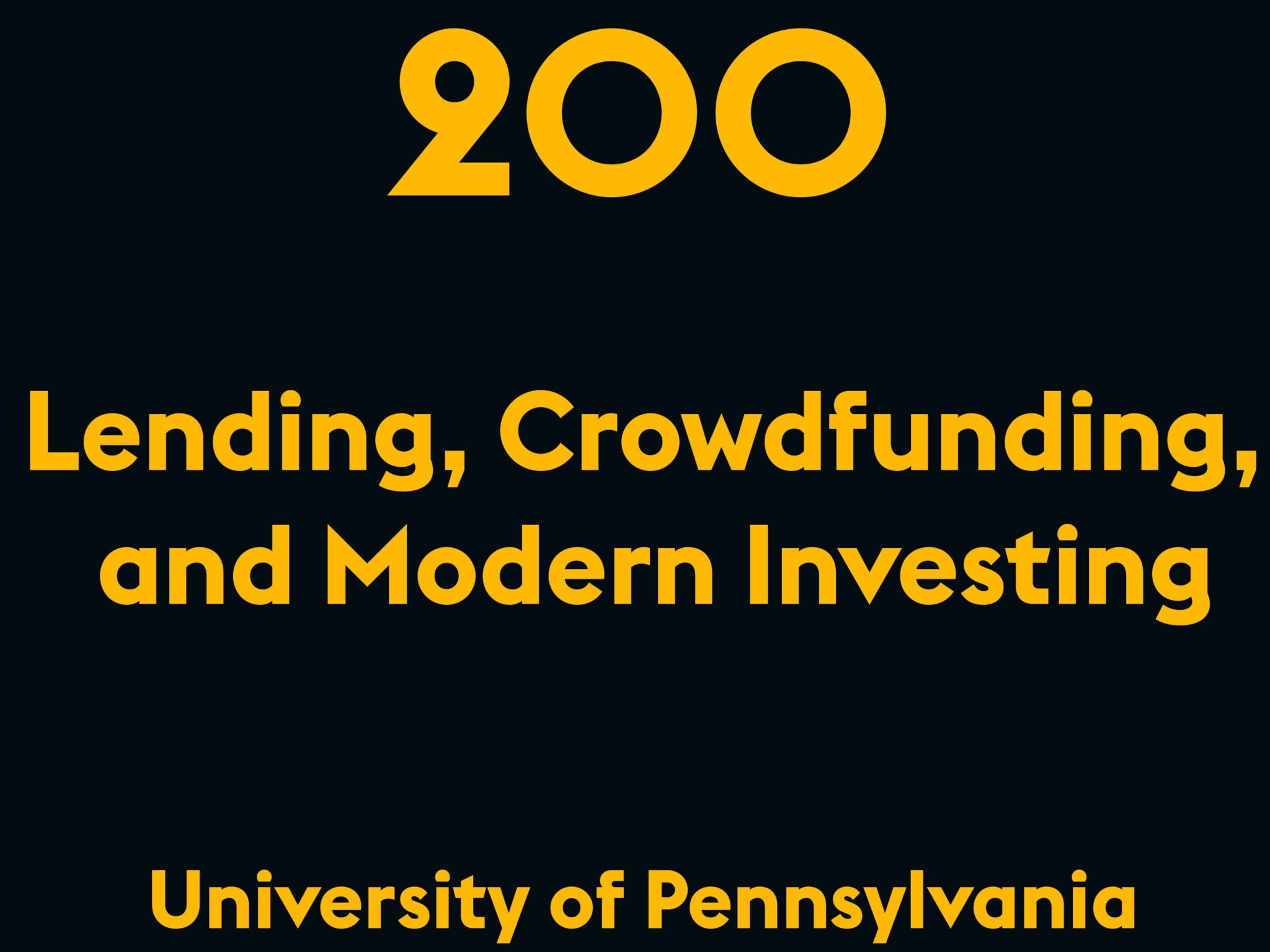Knowing how to code is only part of the skills needed to become a professional software developer.
This course, part of the CS Essentials for Software Development Professional Certificate program, will take your skills to the next level by teaching you how to write “good” software that appropriately represents and organizes data, is easy to maintain, and is of high quality.
As the purpose of most computer programs is to manipulate data, sometimes large quantities of it, the manner in which programs represent and organize data can have an enormous effect on the simplicity and efficiency of the code. In this course, you will learn about important core data structures such as arrays, lists, stacks, queues, sets, maps, trees, and graphs, and learn how to evaluate them and reason about their behavior and efficiency.
Most importantly, you will learn how to determine which data structure is the most appropriate for solving the problem at hand, and see how to use the implementations that are part of the Java library.
However, choosing the right data structure is only part of the challenge of developing high quality software: you must also consider the design of the classes that use those data structures. You will learn about software design principles such as modularity, functional independence, and abstraction, and apply those concepts toward writing programs that are easy to understand, easy to modify, and easy to test.
Although it is important to know how to write high quality code, professional software developers often spend a majority of their time maintaining existing code. You will also learn about software refactoring techniques for improving the design of existing code, and see how to improve code efficiency.
This course will use Java but the concepts you learn can be applied to almost all modern programming languages.










